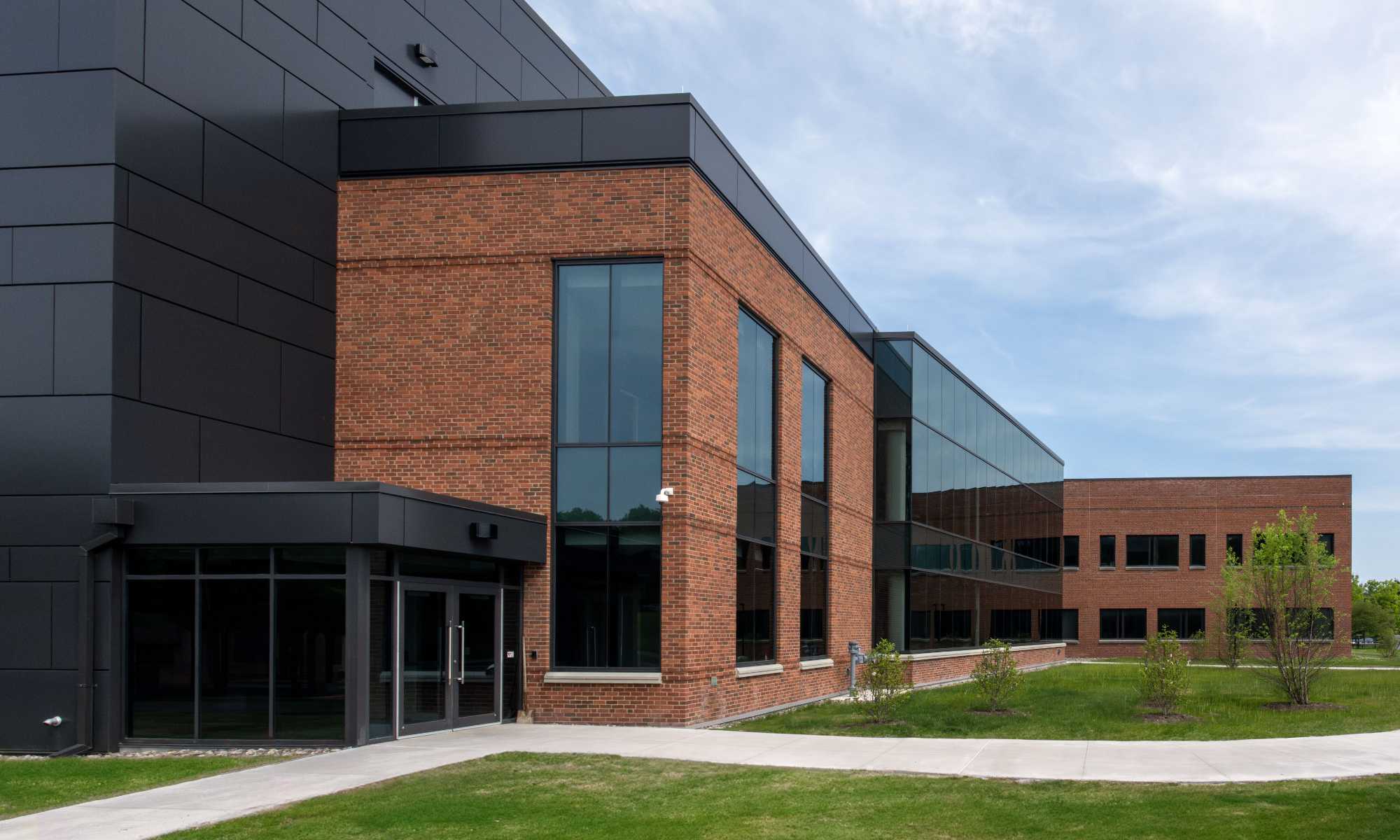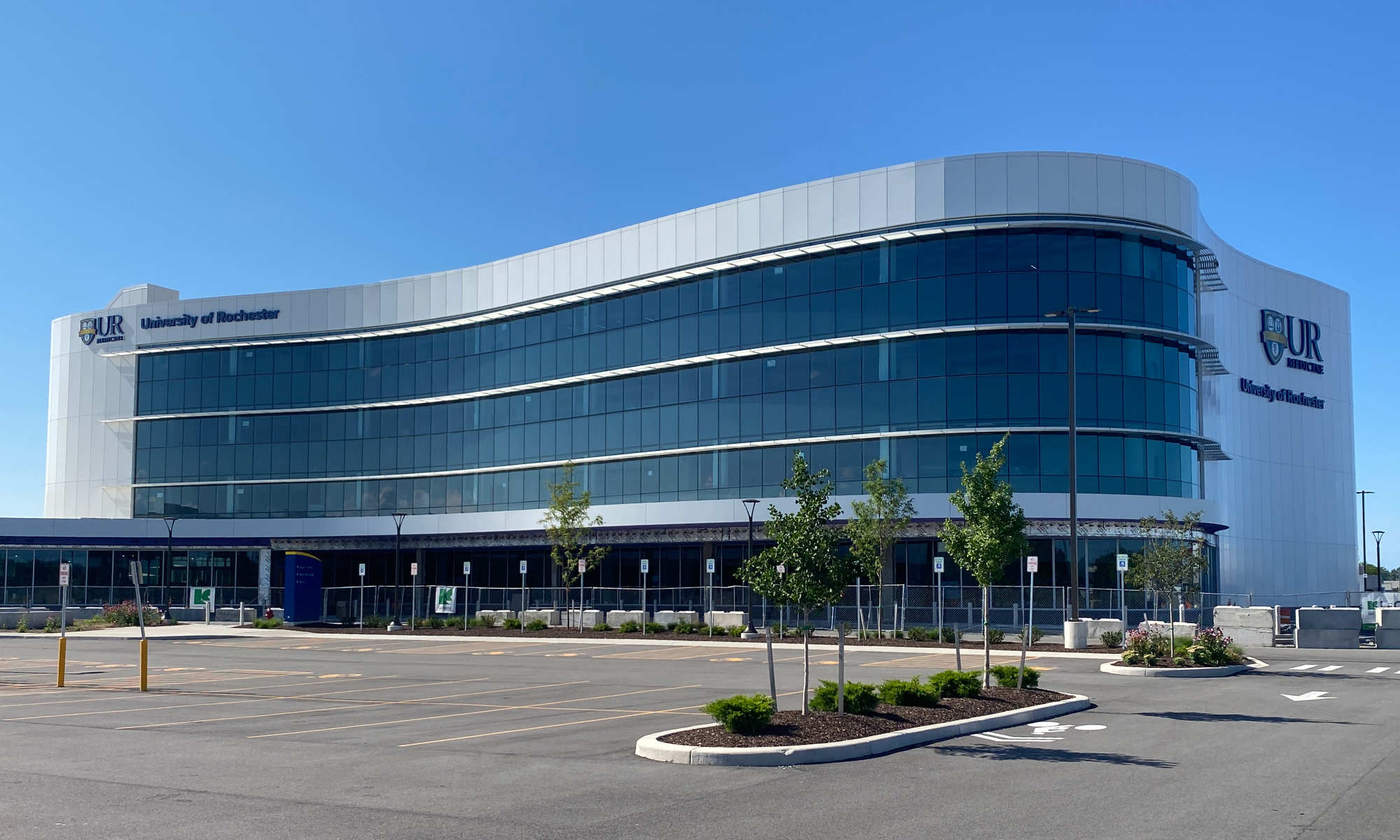Faculty, staff, and students help to inform the University’s physical future.
The University of Rochester has launched a master planning process, one that will engage the University community in mapping the future of its physical footprint. The master plan is one of the drivers of the University’s 2030 strategic plan, Boundless Possibility, and the planning process will ensure Rochester’s campuses and facilities across the region meet the evolving needs of students, faculty, staff, and the broader community as well as institutional zoning requirements for the City of Rochester and the Town of Brighton.
“We have created opportunities for the entire University community to weigh in and be part of the planning process,” says Executive Vice President, CFO, and Treasurer Elizabeth Milavec. “Thousands of community members have already provided input through online surveys and mapping activities that address how we work, learn, collaborate, socialize, and live together across campuses.”
When completed in 2025, the master plan will be a readily accessible guide for design and construction covering the next five years, as well as a responsive framework for decision-making over the next 20 years. It will focus on the enhancement of clinical, research, and academic facilities; student housing, gathering, and recreational spaces; as well as the integration of sustainable practices to promote environmental stewardship. Additionally, it will address the modernization of infrastructure and transportation systems to improve accessibility and connectivity across the University’s campuses.
To date, more than 9,300 community members have participated in surveys and activities that will inform the master plan, including a student housing assessment, transportation and parking study, dining evaluation, and online mapping activity. Participants have included 2,153 students, 878 faculty, 383 visitors, and 5,881 staff of which at least 4,405 are University of Rochester Medical Center employees. University and surrounding Rochester community members can continue to share their voice by completing the online mapping activity Map Your UR and attending future town hall discussions and other events.
“When everyone gets in the game, we can look at our community’s needs inclusively and holistically—not only infrastructure design but also how we phase and budget for construction, preservation, upgrade, adaptation, and reuse over the immediate and longer terms,” says John Blackshear, vice president for student life. “Both ongoing and future projects will benefit from the rigor, analysis, and deep expertise the team and consultants bring to this process.”
The University has selected Behnisch Architekten and DumontJanks as lead consultants to gather and analyze the input, recommend solutions, and invite community review and feedback through advisory groups and town hall meetings. They will also conduct extensive data analysis that includes social and collaborative networks, space utilization, land use, landscape and ecology, residential life, energy and infrastructure, and wayfinding.
Behnisch Architekten is an international architectural and urban design practice with offices in Stuttgart and Munich, Germany; Los Angeles; and Boston. The firm has a record of undertaking challenging projects in a spirit of innovation and cooperation, including signature work for some of the top universities in the country. DumontJanks is one of the country’s leading campus planning and design firms with a body of work that includes master plans for more than 100 institutions, from small community colleges to Ivy League universities.
Institutional master plans typically require updating every 10 to 15 years; the last University plan was completed in 2008. The updated plan will incorporate the University’s current footprint, which now includes more than 12 million gross-square feet and more than 700 acres.
To learn more about the master planning process and for updates, visit the University’s master plan website.




